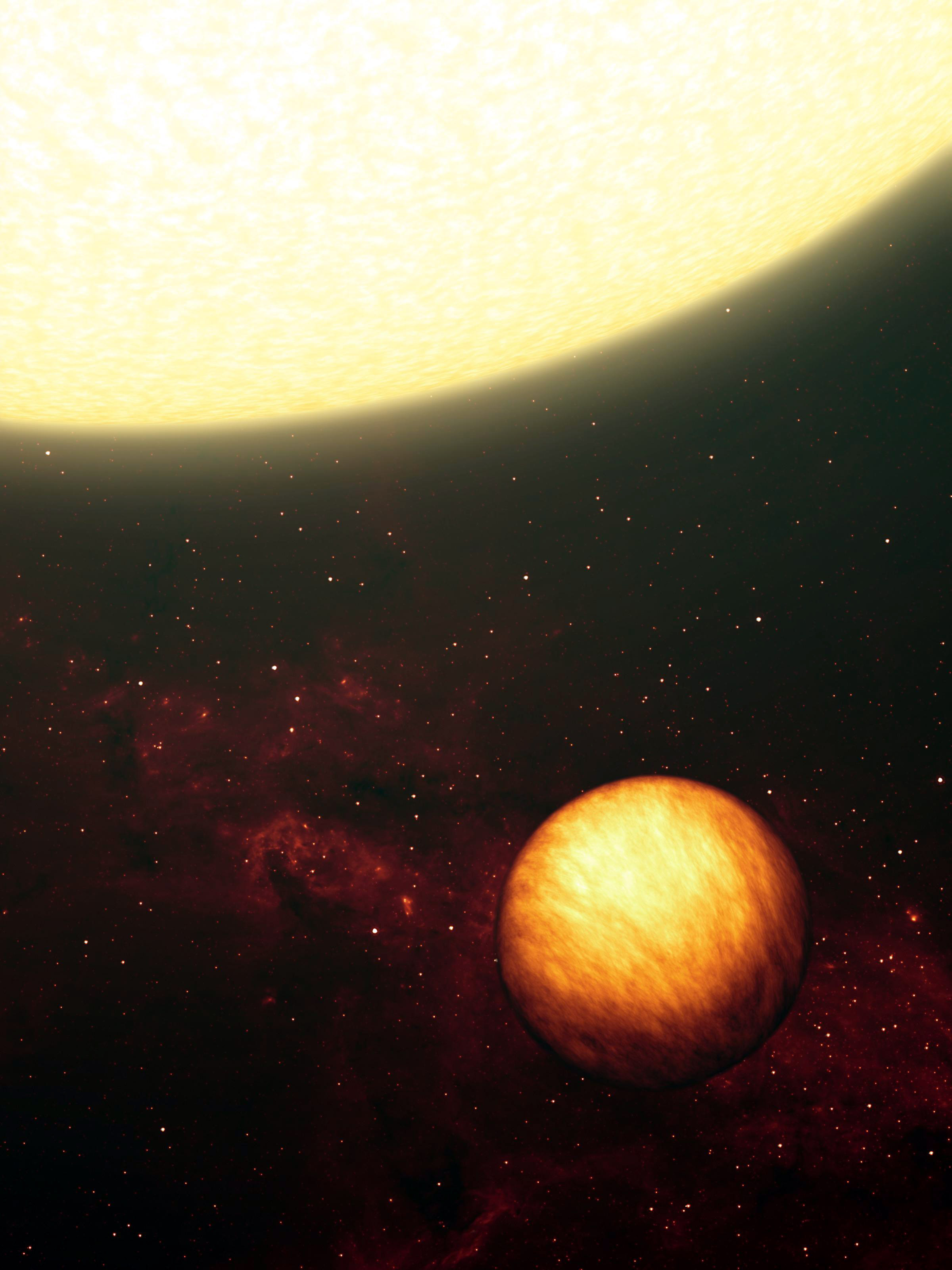Please login in order to download photos in full size
If you are not registered, please register for free: www.Free-Photos.biz/register
Please note to download premium images you also need to join as a free member..
You can also save the photos without the registration - but only in small and average sizes, and some of them will have the site's watermark. Please simply click your right mouse button and save the image.
Please login in order to like photos
If you are not registered, please register for free:
Sorry, non-members can download up to 1100 full-size photos per month.
It looks like you have used up your limit.
Free members can download an unlimited number of full-size photos - including the premium free photos.
Join as a member today for FREE! - and download the images without limitations:
www.Free-Photos.biz/membership.php
You can also save the images without the membership - but only in small and average sizes, and some of them may have the site's watermark. Please simply click your right mouse button and save the image.

|
This is a premium free photo
This photo was viewed 10 times and was downloaded in full size 2 times.
This photo was liked 0 times
If you are a member, please login in order to see the source link of the above image.
Summary
| Description | This artist's concept shows a Jupiter-like planet soaking up the scorching rays of its nearby "sun." NASA's Spitzer Space Telescope used its heat-seeking infrared eyes to figure out that a gas-giant planet like the one depicted here is two-faced, with one side perpetually in the cold dark, and the other forever blistering under the heat of its star. The illustration portrays how the planet would appear to infrared eyes, showing temperature variations across its surface.
The planet, called Upsilon Andromedae b, was first discovered in 1996 around the star Upsilon Andromedae, located 40 light-years away in the constellation Andromeda. This star also has two other planets orbiting farther out. Upsilon Andromedae b is what's known as a "hot-Jupiter" planet, because it is made of gas like our Jovian giant, and it is hot, due to its tight, 4.6-day-long jaunt around its star. The toasty planet orbits at one-sixth the distance of Mercury from our own sun. It travels in a plane that is seen neither edge- nor face-on from our solar system, but somewhere in between. Scientists do not know how fast Upsilon Andromedae b is spinning on its axis, but they believe that it is tidally locked to its star, just as our locked moon forever hides its "dark side" from Earth's view. Spitzer observed Upsilon Andromedae b at five points during the planet's trip around its star. The planet's light levels went up or down, as detected by Spitzer, depending on whether the planet's sunlit or dark side was pointed toward Earth. These data indicate that the temperature difference between the two hemispheres of the planet is about 1,400 degrees Celsius (2,550 degrees Fahrenheit). According to astronomers, this means that the side of the planet that faces the star is always as hot as lava, while the other side could potentially be as cold as ice. Specifically, the hot side of the planet ranges from about 1,400 to 1,650 degrees Celsius (2,550 to 3,000 degrees Fahrenheit), and the cold side from about minus 20 to 230 degrees Celsius (minus 4 to 450 degrees Fahrenheit). How can one side always be hot? The atmosphere of the planet must be absorbing and reradiating light fast enough that any heated gas circulating around the planet is cooled off before it reaches the dark side. |
| Date | Unknown |
| Source | https://photojournal.jpl.nasa.gov/catalog/PIA01938 |
| Author | NASA/JPL-Caltech |
Licensing
| This file is in the public domain because it was created by NASA. NASA copyright policy states that "NASA material is not protected by copyright unless noted". (See Template:PD-USGov, NASA copyright policy page or JPL Image Use Policy.)
|
|
|
|
Warnings:
|
Public Domain
| EXIF data: | |
| File name | upsilon_andromedae_b.jpg |
|---|---|
| Size, Mbytes | 0.5557529296875 |
| Mime type | image/jpeg |
| Orientation of image | 1 |
| Image resolution in width direction | 72 |
| Image resolution in height direction | 72 |
| Unit of X and Y resolution | 2 |
| Color space information | 65535 |
| Exif image width | 2400 |
| Exif image length | 3200 |
| Software used | Adobe Photoshop 7.0 |
While the copyright and licensing information supplied for each photo is believed to be accurate, Free-Photos.biz does not provide any warranty regarding the copyright status or correctness of licensing terms. If you decide to reuse the images from Free-Photos.biz, you should verify the copyright status of each image just as you would when obtaining images from other sources.
The use of depictions of living or deceased persons may be restricted in some jurisdictions by laws regarding personality rights. Such images are exhibited at Free-Photos.biz as works of art that serve higher artistic interests.
PRIVACY POLICY
By registering your account and/or by subscribing to new and newly rated photographs you agree we may send you the links to photos and we may occasionally share other information with you.
We do NOT disclose your personal data.



